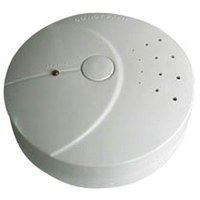Carbon Monoxide Poisoning
Carbon monoxide is created by any type of burned fuel- oil, natural gas, propane, kerosene, wood or charcoal. All of these non-electric appliances produce CO: furnaces, hot water heaters, stoves, space heaters, fireplaces, and wood stoves. A car idling in an attached garage creates CO that can seep into the house.
The symptoms of CO poisoning are headaches, fatigue, nausea, dizziness, and shortness of breath. These symptoms are often mistaken for the flu. If the above symptoms decline when removed from the home and increase when returned, go to a doctor immediately and get a cohB test. It measures the level of CO in the blood.
 Here are some important tips to prevent CO poisoning:
Here are some important tips to prevent CO poisoning:
- Have your heating system, water heater and any other gas, oil, or coal burning appliances serviced by a qualified technician every year.
- When purchasing gas equipment, buy only equipment carrying the seal of a national testing agency, such as the American Gas Association or Underwriters' Laboratories.
- Have your chimney checked or cleaned every year. Chimneys can be blocked by debris. This can cause CO to build up inside your home or cabin.
- Install a battery-operated CO detector in your home and check or replace the battery when you change the time on your clocks each spring and fall.

